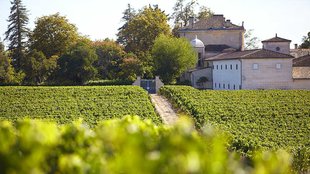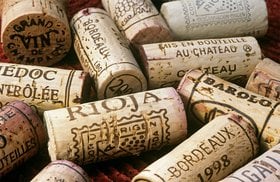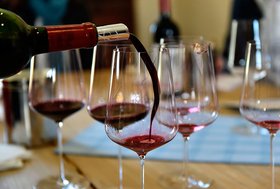Second Growth Bordeaux Wines (Chateaux, Best Wines 2025)
The official 1855 Bordeaux Wine Classification has five rankings that classify Bordeaux Chateaux according to their reputation and wine price.
Deuxieme Cru, also known as Second Growth, is ranked as the second most important in the Bordeaux wine region.
In this article, we take a quick look at the Bordeaux wine classification and 8 of the best Second Growth Bordeaux wines for you to try. We also take a look at how Second Growth Bordeaux wines will perform in a wine investment portfolio.
Further reading
- Find out all you need to know to get started in the world of Fine Wine Investment.
- Also, discover the Best Wines from Bordeaux and How to Pair Them at your next event.
What Are Second Growth Bordeaux Wines?
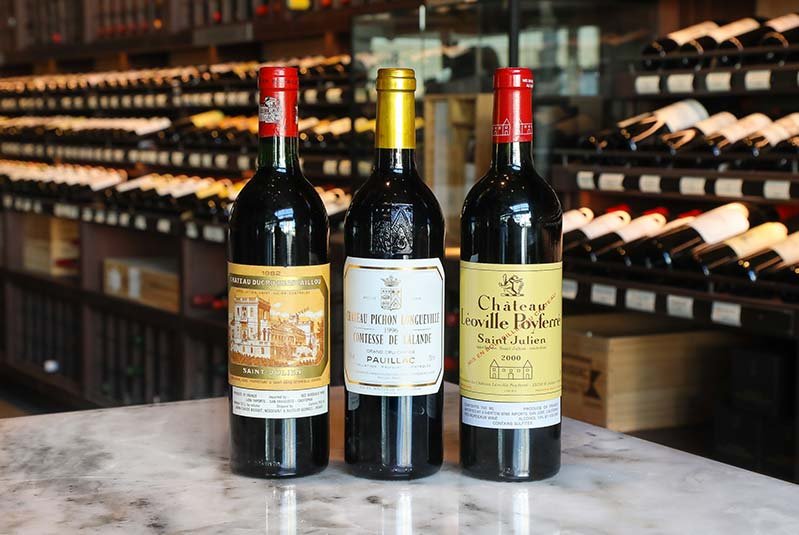
According to the 1855 Classification, there are five tiers as below:
- First-Growths / Premières Grand Cru Classe
- Second-Growths / Deuxièmes Crus
- Third-Growths / Troisièmes Crus
- Fourth-Growths / Quatrièmes Crus
- Fifth-Growths / Cinquièmes Crus
So, Second Growth wines are ranked below First Growth wines. However, since its inception, some Second Growth chateaux have greatly improved the quality of their wines.
Wine lovers have created an “unofficial” classification for these high-quality Second Growth Bordeaux wines and call them “Super Seconds.”
These Super Second wines have almost the same quality as Bordeaux First Growth wines, and are on the radar of serious wine collectors world over.
They are more expensive than the other Second Growths, but they aren’t as expensive as the First Growths.
Let’s look at the 1855 Classification and the chateaux under each level.
A Brief Look At The 1855 Classification of Bordeaux Wines and the Chateaus
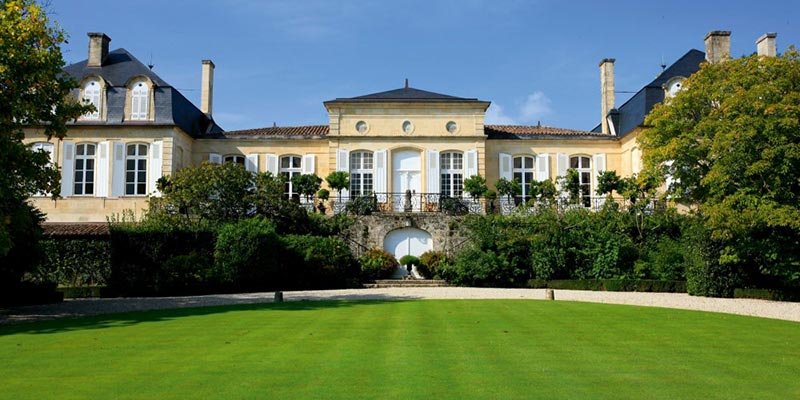
Even though the classificationis over 150 years old, it still influences the perception of Bordeaux wines in the industry.
All of the red wines in the classification came from the Medoc appellation (except Chateau Haut Brion.) The white wine selection was limited to the sweet white wine varieties from Sauternes and Barsac.
The list of Chateaux has not changed much, apart from a few additions and the promotion of Chateau Mouton Rothschild.
Popular estates from the Medoc appellation that weren’t recognized in the 1855 classification were listed under the Cru Bourgeois classification.
Let’s take a look at these rankings and some of the prestigious estates under each.
1. First Growths (Premier Cru Classé)
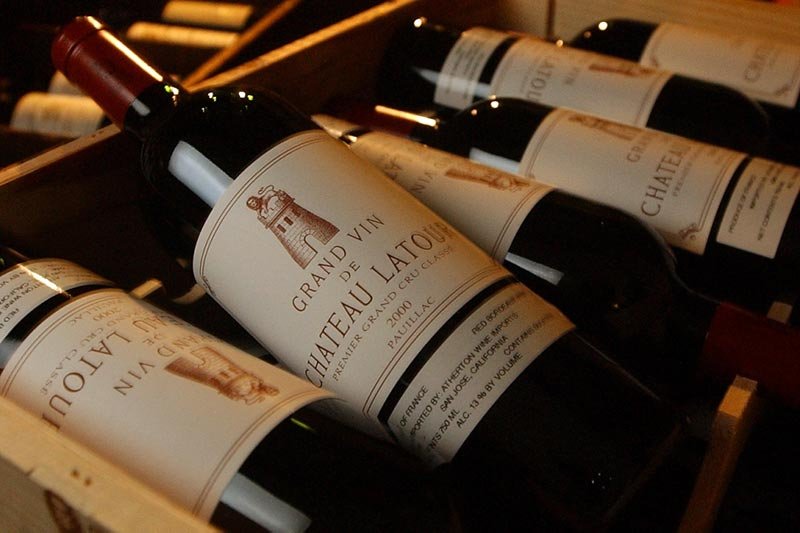
On the top of the list is the First Growths, and Paulliac is home to three of the five First Growth wines, and they are:
2. Second Growths (2ème Cru Classé)

If the 1855 classification were to be changed, we would see movement with some Second Growth chateaux worthy of a promotion to First Growth status.
The impressive Second Growth Chateaux include:
- Chateau Brane Cantenac
- Chateau Cos d’Estournel
- Chateau Ducru Beaucaillou
- Chateau Durfort Vivens
- Chateau Gruaud Larose
- Chateau Lascombes
- Chateau Leoville Barton
- Chateau Leoville Las Cases
- Chateau Leoville Poyferre
- Chateau Montrose
- Chateau Pichon Longueville Baron
- Chateau Pichon Longueville Comtesse de Lalande
- Chateau Rauzan Gassies
- Chateau Rauzan Segla
3. Third Growths (3ème Cru Classé)
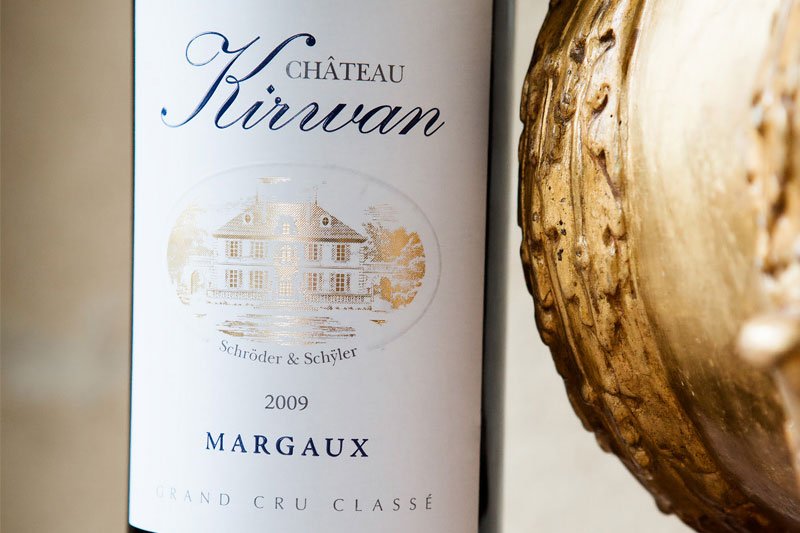
Third Growth wines are the perfect way for a wine lover to experience the beauty of a classified estate without the high price tag that comes with first or second growth.
Some notable chateaux to keep in mind are:
4. Fourth Growths (4ème Cru Classé)

There were ten chateaux ranked as Fourth Growths during the original classification. Some notable wineries include:
5. Fifth Growths (5ème Cru Classé)
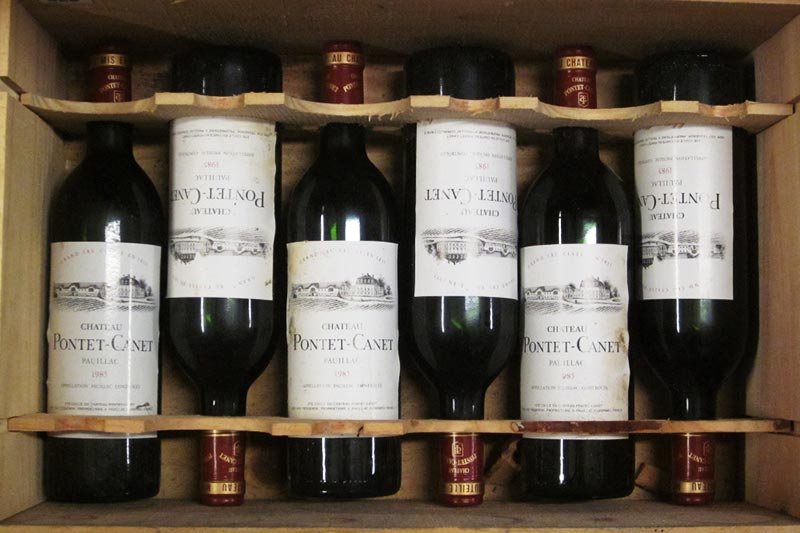
A total of 18 chateaux were classed at the bottom of the classification. Even though they have these rankings, they still produce some of the best Bordeaux wines the region has to offer.
Some of our favorite chateaux include:
The Unofficial Classification - Bordeaux “Super Seconds”
Want to know which producers are considered Super Seconds?
- Chateau Cos d’Estournel, Saint-Estèphe
- Chateau Ducru-Beaucaillou, Saint-Julien
- Chateau La Mission Haut Brion, Pessac-Léognan
- Chateau Leoville Las Cases, Saint-Julien
- Chateau Leoville Poyferre, Saint-Julien
- Chateau Montrose, Saint-Estèphe
- Chateau Pichon Longueville Baron, Pauillac
- Chateau Pichon Longueville Comtesse de Lalande, Pauillac
Let’s look at eight stunning Second Growth wines that you can try in 2024.
8 Best Second Growth Bordeaux Wines to Buy
Here is a list of our favorite Second Growth Bordeaux Wines (with tasting notes.)
- 1959 Chateau Gruaud Larose
- 1961 Chateau Brane Cantenac
- 1990 Chateau Montrose
- 1982 Chateau Leoville Las Cases 'Grand Vin de Leoville'
- 1982 Chateau Ducru Beaucaillou
- 1985 Chateau Durfort Vivens
- 2010 Chateau Cos d’Estournel
- 1966 Chateau Rauzan Segla
1. 1959 Chateau Gruaud Larose, St-Julien, France ($2125)
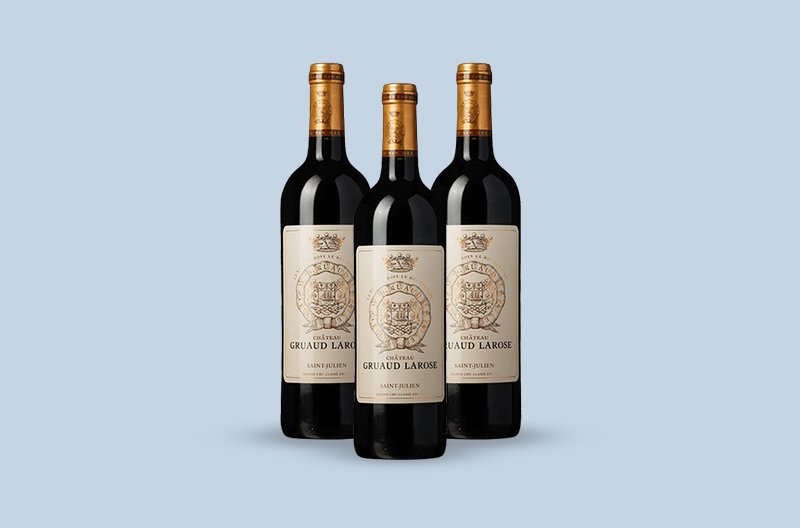
This gorgeous red wine has elegant aromas of marzipan, cherry, and chocolate. On the palate, this medium-bodied wine has mature tannins, high alcohol, and bright acidity.
2. 1961 Chateau Brane Cantenac, Margaux, France ($727)
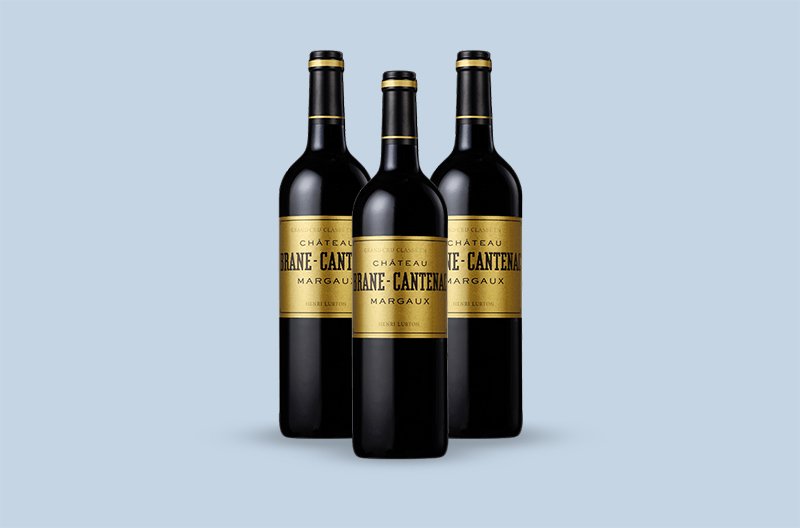
This vintage opens up with dark red fruit, cedar, and tobacco. The palate has a velvety texture, ripe tannins, and tasting notes of plum, graphite, and mushroom.
3. 1990 Chateau Montrose, St-Estèphe, France ($719)
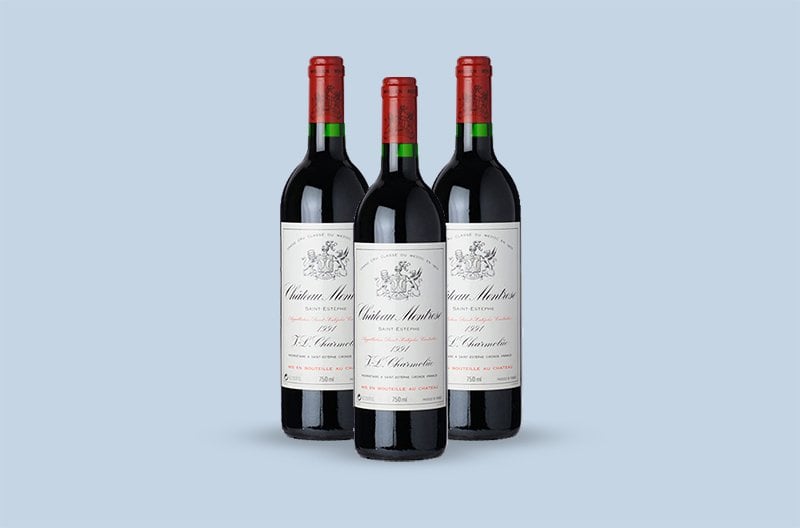
This dark ruby red wine has delightful aromas of blackberries, licorice, smoke, tobacco, and minerality. This velvety wine develops notes of blackberries, nougat, and ripe tannins.
4. 1982 Chateau Leoville Las Cases 'Grand Vin de Leoville', Saint-Julien, France ($652)

This great wine from the vineyard of the Leoville estate has nuances of berries, orange zest, herbs, minerals, and nougat on the nose. It has an elegant palate with notes of blackberries, red fruits, and hints of lemon in the finish.
5. 1982 Chateau Ducru Beaucaillou, St-Julien, France ($492)
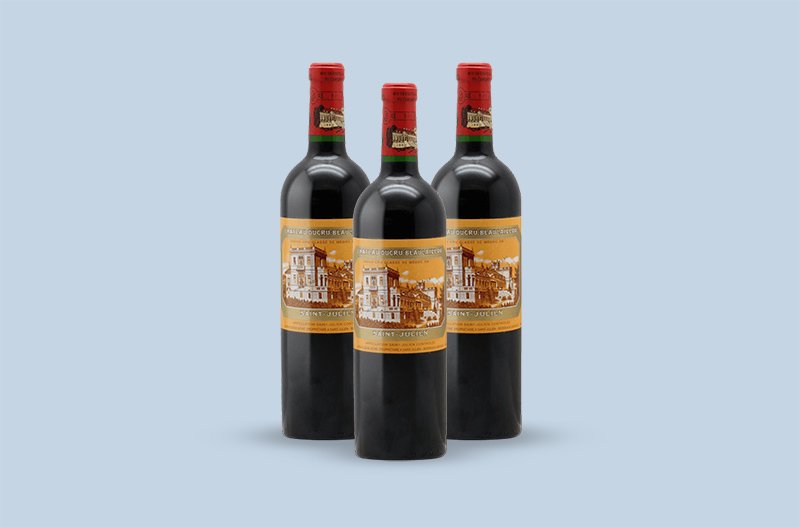
The bouquet of this wine has notes of dark berry jam, dried fruit, and subtle notes of spice. This elegant wine has powerful tannins, rich acidity, and dark berry jam, and chocolate notes on the palate.
6. 1985 Chateau Durfort Vivens, Margaux ($382)
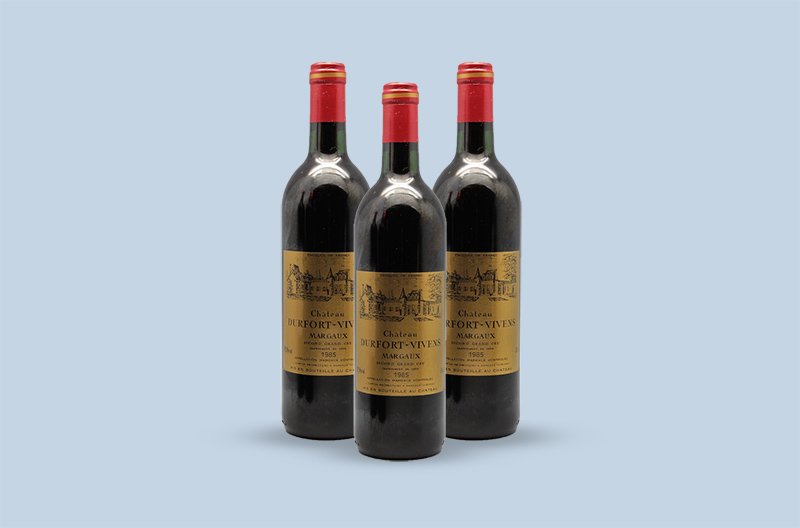
A blend of Merlot, Cabernet Sauvignon, and Cabernet Franc grape varieties, this wine’s aroma is dominated by black fruit. This great wine has a structured palate and refined tannins that reveal subtle spice notes and a persistent finish.
7. 2010 Chateau Cos d’Estournel, St-Estèphe, France ($353)
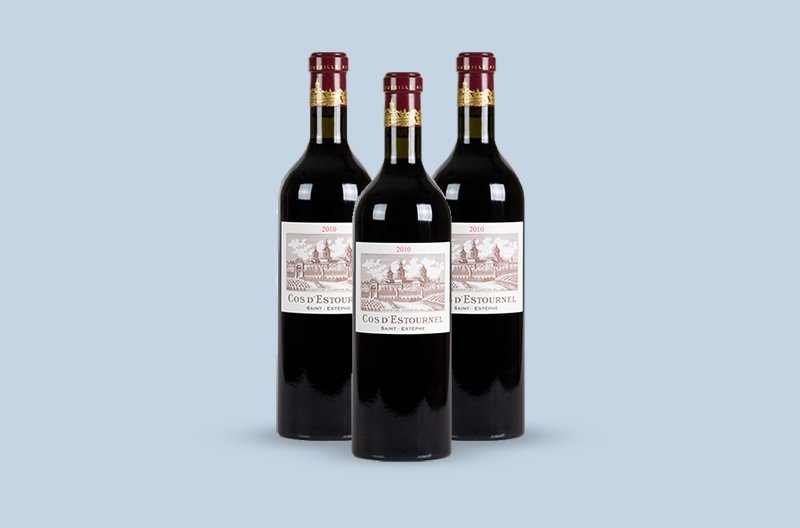
This red wine has complex and layered aromas of black fruit, coffee, tobacco, and spice. It has robust tannins on the palate that reveal notes of black fruit, mineral earthiness, and chocolate.
8. 1966 Chateau Rauzan Segla, Margaux, France ($309)
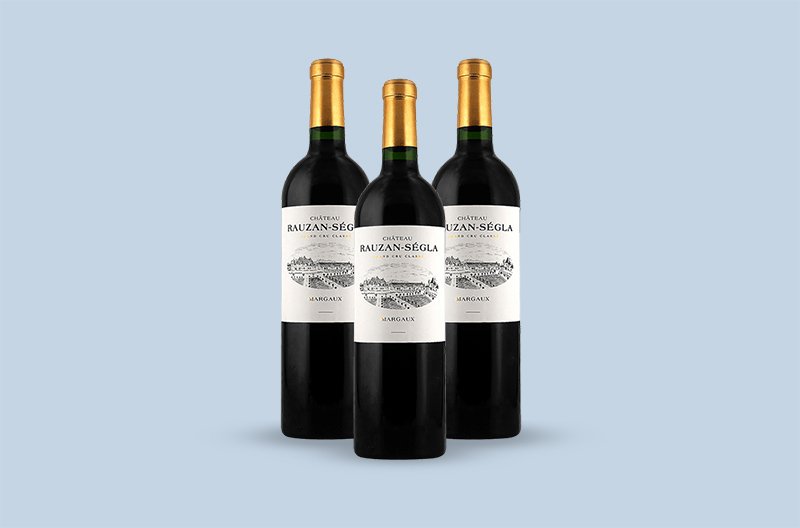
The nose of this gorgeous red wine has delicate roasted aromas on the nose. The palate has a sweet note of black raspberry, black fruit, and fine tannins that lead you to a powerful finish.
These Second Growth Bordeaux wines would be the focus of any dinner party - but how would they perform as an investment?
Why You Should Invest In Second Growth Bordeaux Wines
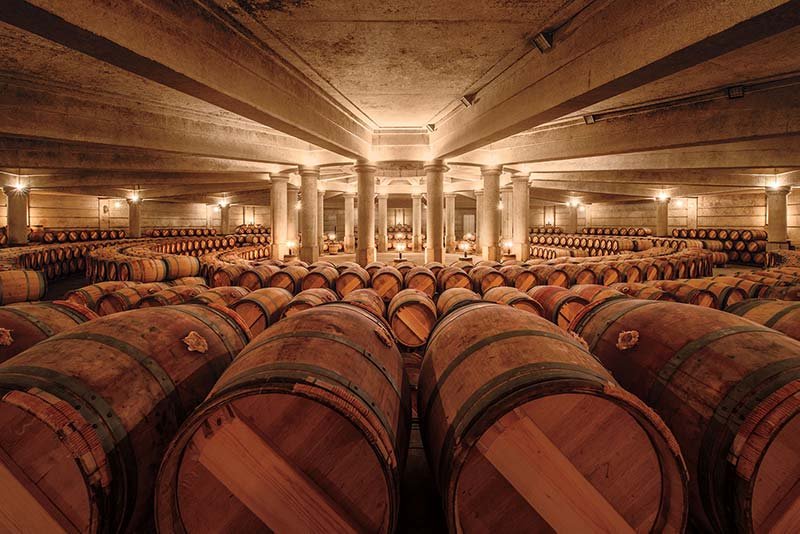
Second Growth Bordeaux wine commands respect and are higher priced than most other growths. Super Seconds are more expensive than the Second Growths.
On average, you can buy a Second Growth at $150-500, while their First Growth counterparts are priced at $500-$1,000 plus.
A Super Second wine is made for long-term aging and can potentially provide significant returns in the future. For instance, the age-worthy 1989 Chateau La Mission Haut-Brion saw an increase of 20% between 2020 and 2021, going from $1540 to $1845.
A simple way to get your hands on the perfect bottle of investment-grade wine like the Bordeaux Super Seconds is to use the services of a world-class online wine investment company.
Not only will Vinovesthelp you buy the ideal wine for your collection, but they will help you store and sell it when the time comes.
Grab a Sensational Second Growth Bordeaux Wine For Your Collection
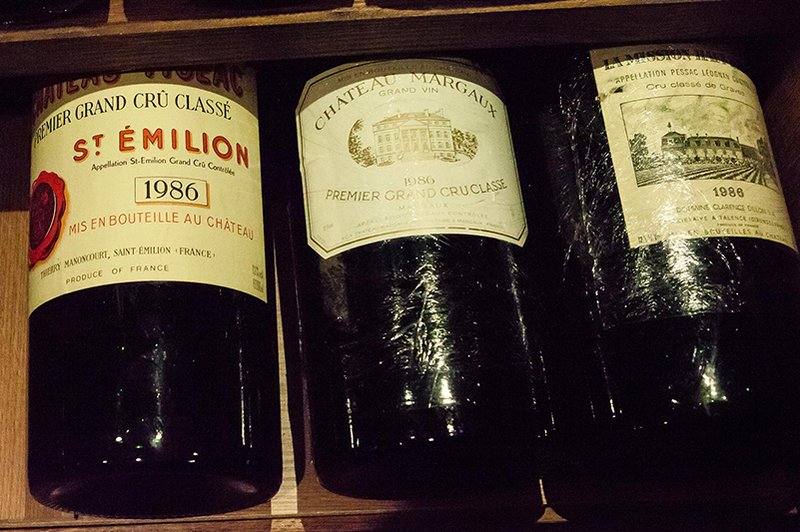
The wines from the Second Growth estates like Cos d’Estournel, Ducru-Beaucaillou, La Mission Haut Brion and others are hugely popular among fine wine collectors.
With their ability to age and appreciate in value, these Bordeaux wines fit perfectly well in a diversified investment portfolio.
Check out the Vinovest website and find out how you can go from wine enthusiast to serious wine collector with a few clicks of your mouse!
